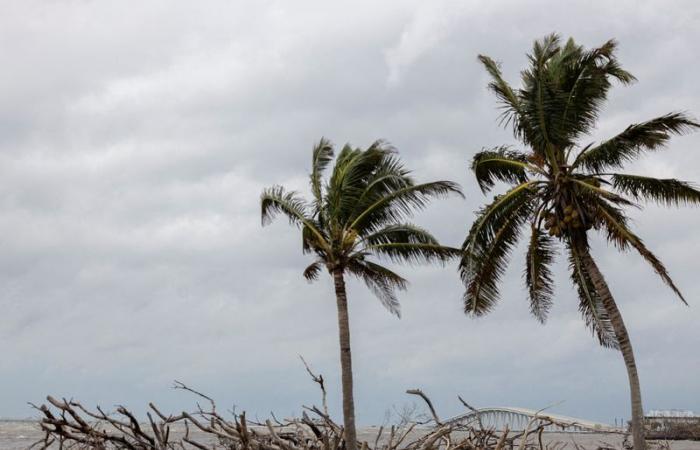Catastrophe bonds issued by the U.S. National Flood Insurance Program (NFIP) fell sharply on Friday, according to a weekly broker’s note, reflecting expectations that Hurricane Milton could trigger payments for post-storm cleanup.
Catastrophe bonds are a form of insurance-linked securities (ILS), which allow institutional investors to access the insurance market.
Catastrophe bonds typically offer investors high returns, but issuers retain their capital if a specific event occurs, such as a hurricane or flood in a particular region.
Hurricane Milton brought massive flooding and a series of deadly tornadoes to Florida’s east coast this week, killing at least 16 people and knocking out power to millions more.
Seven catastrophe bonds issued by the NFIP totaling $1.3 billion fell 13% to 59% on Friday from the previous week, according to the note from broker Aon seen by Reuters. Aon and NFIP did not immediately respond to requests for comment.
“We are monitoring NFIP bonds that cover hurricane flooding, but it is too early to know the exact impact,” specialty investor Twelve Capital said in a note.
The NFIP provides insurance to help reduce the social and economic impact of flooding. Its catastrophe bonds offer protection against flood risks linked to named storms, according to data from the specialist site Artemis.
Several other catastrophe bonds issued by insurers also saw sharp declines, according to the Aon note.
It may take weeks or months to determine whether catastrophe bonds are triggered by the hurricane, during which time investors will be unable to repay their bonds, industry sources said.
According to UBS analysts, the hurricane would likely lead to “trapped private ILS capital.”






